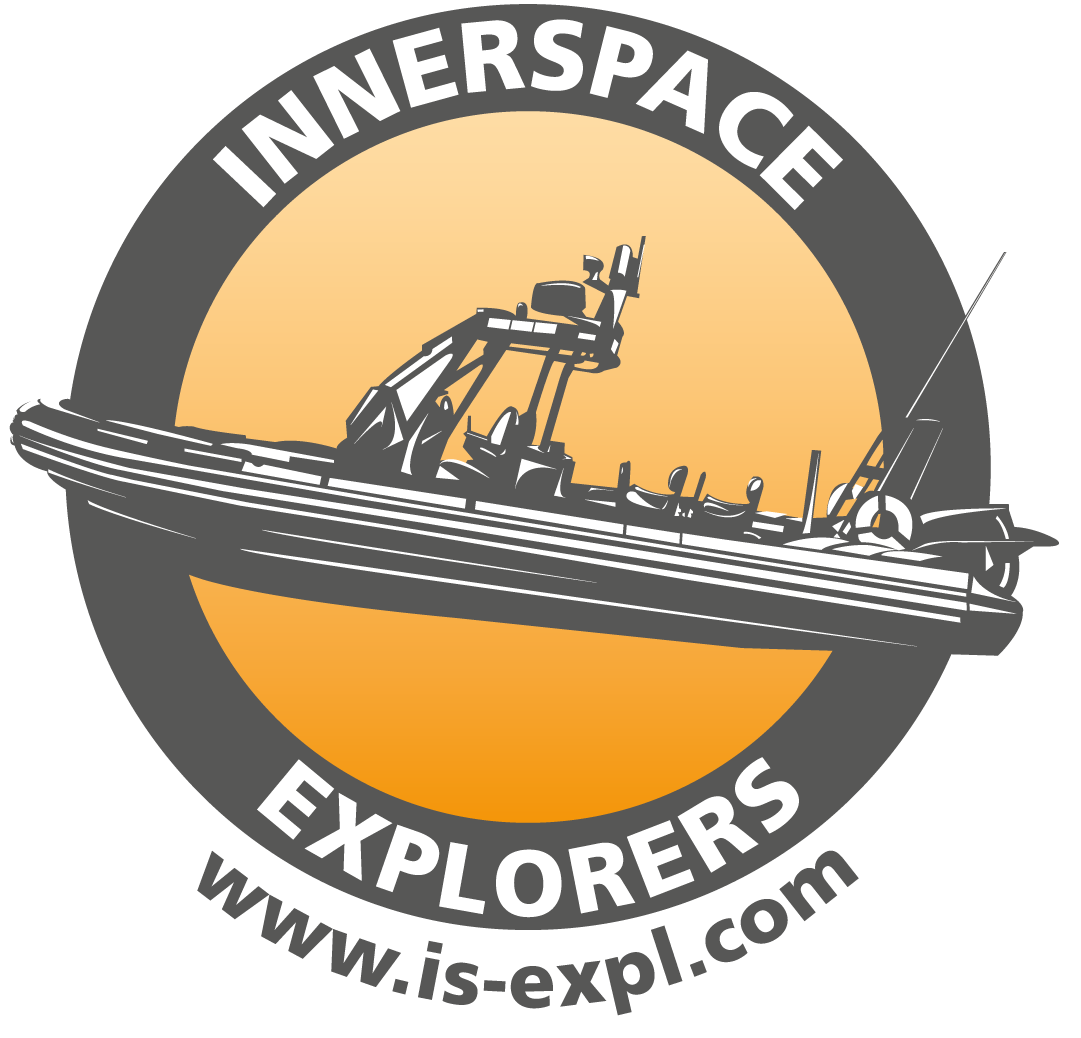Wreck Experience
What does that contain?
Prerequisites
- Must be 18 years old and above.
- Must be ISE BoE qualified.
- Must have a minimum of 75 dives beyond open water qualification.
- Must be able to perform the following:
400 meters swimming in less than 15 min & free dive a distance of 15 Meters.
or alternatively
Snorkel 800 meters (with fins) in less than 18 min. & free dive a distance of 25 meters
or alternatively
Run 1000 Meters in less than 5 min.
Purpose
The ISE Wreck Experience is a diver education program that introduces divers to the wreck environment. To see if wreck diving is your thing.
The course covers the basics of wreck diving and is designed to introduce divers to the skills and
knowledge required for limited penetration into the wreck environment where still daylight is prensent.
Training includes environmental awareness, dive planning, team work, wreck environments, stress management, conservation, standard and emergency procedures, linework and navigation, the hazards of wreck diving.
To qualify for this type of instruction, participants do not need prior overhead training but must be proficient with advanced buoyancy control skills.
opencircuit backmount / sidemount or any rebreather that you are certified on.
Duration
This class will be conducted over a duration of 3 days, and involves at least 4 dives. At least 2 dives will be actual wreck dives.
Limits
- Student to instructor ratio will not exceed 3:1 in all in-water and surface sessions.
- Gas consumption of maximum 1/6 of doubles.
- Maximum training depth of 30 meters and max 60 m in the cavern zone..
- Minimum of 10 meters visibility to enter the cavern
- Minimum of 3000 liters of gas to enter the cavern.
- No passage of which divers are to forced to travel in a single file.
- No navigation.
- No decompression.
- Nitrox 32.
- No stage diving.
- Certification expires after 3 years. Students have to re-qualify. (An evaluation dive)
Topics
- ISE organization
- Limits of training
- Course completion requirements
- Conservation
- Spool, reel and guideline use
- Dive team order and protocols
- Touch contact
- Mainline navigation skills
Drills
- Spool, reel and guideline use in standard operating procedures
- Team order and protocols
- Spool, reel and guideline use in emergency procedures, including touch contact and gas sharing techniques
- Visual referencing skills
Equipment
- Tank/s: Students should use single or double tanks. Double tanks setup requires a dual outlet isolator manifold, which allows for the use of two first-stages. All dives must start with a minimum of 3000 volume liters of gas.
- Regulators: For double tank setup, one first stage must provide a second stage on a 2 meter hose and inflation for buoyancy compensator. The other must provide a second stage on a hose not exceeding 60 cm, attached with a shock cord on the mouth piece. It must also provide a pressure gauge on a hose not exceeding 60 cm, and inflation for dry suit (where applicable)
- Backplate: A rigid and flat platform, of metal construction held to the diver by one continuous piece of nylon webbing. This webbing should be adjustable through the plate with triglides to hold positions, and a buckle to secure the system at the waist. A crotch strap attached to the lower end of the plate and has a loop to pass the waist band through to secure the system. A knife sheath should be attached at the waist and will be adjusted beside the crotch strap when ready. This webbing should support five D-rings; 1 on the left, and 1 on right shoulder strap, both approximately the collar bone level. 2 on the crotch strap with one at the front and one at the buttocks. The shoulder straps should have small rubber bands to hold the back-up lights. The system should have no unnecessary components.
- Buoyancy Compensator Device: The buoyancy compensator device should be back-mounted and streamlined with only one inflator. There should be no bungee cords of any sort on the buoyancy cell. The lift should not exceed 25 kg for doubles, and 18 kg for singles. Wing size and shape should be appropriate to the cylinders used during training.
- Lighting Systems: The primary light that should be of a canister with light cord connecting to the light head design. The battery should be inside the canister and a slot to position it on the right hip location on the waist strap. The light head should have a goodman handle with a bolt snap attached, and a loop at the bottom of the light head. The primary light should be at least a 10 watts HID or equivalent. At least two back-up lights that are of a twist on and off bezel design. It should be an in-line battery design that do not overdrive the bulb. There should be no on/off switch for the back-up lights. The back-up lights will have bolt snaps attached to the back of it for stowage to the system.
- At least five line markers, of which at least three should be line arrows and two cookies.
- At least one depth measuring device.
- At least one time keeping device.
- At least one knife as line cutting device.
- At least one low volume mask.
- One pair of non split, rigid fins.
- One underwater notepad.
- One surface marker.
- One spool of at least 30 meters of line per diver.
- One spool of at least 50 meters of line per diver.
- One primary reel of at least 120 meters of line per team.
- One exposure suit that is appropriate for the training environment and water temperature.
Classes
| Location | city | Start date | Instructor | Details |
|---|
Instructors
| Name | Country | City | Details |
|---|---|---|---|
| Alain Dobbelaere | Belgium | Waarschoot | Details |
| Senne Strobbe | België | Laarne | Details |
| Achim Schlöffel | Germany | München | Details |
| Jochen Grau | DE | Nürnberg | Details |
| Juan Naval | Philippines | Muntinlupa City | Details |



